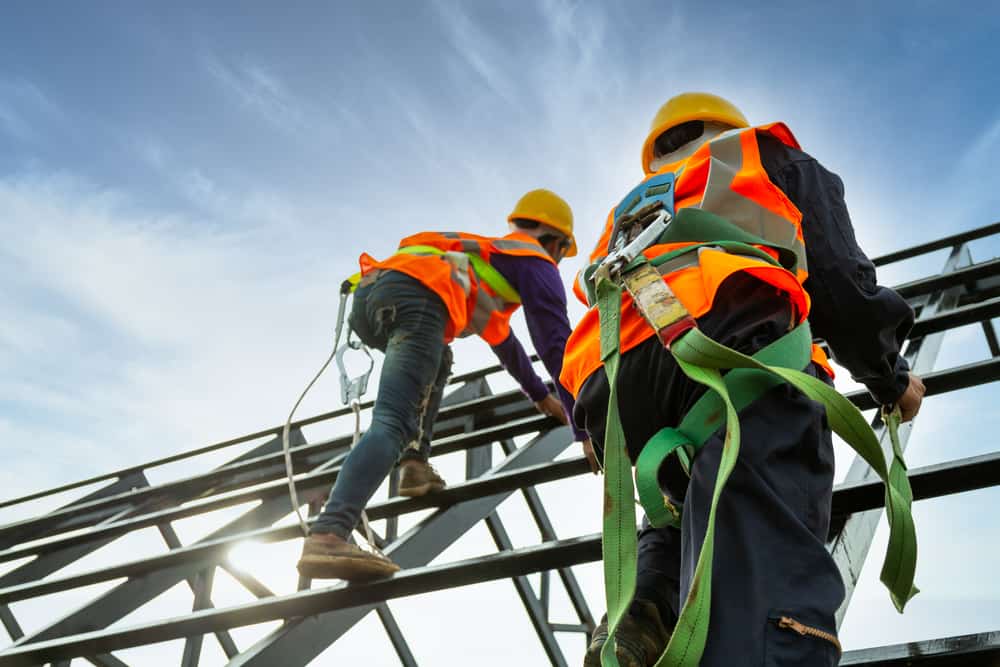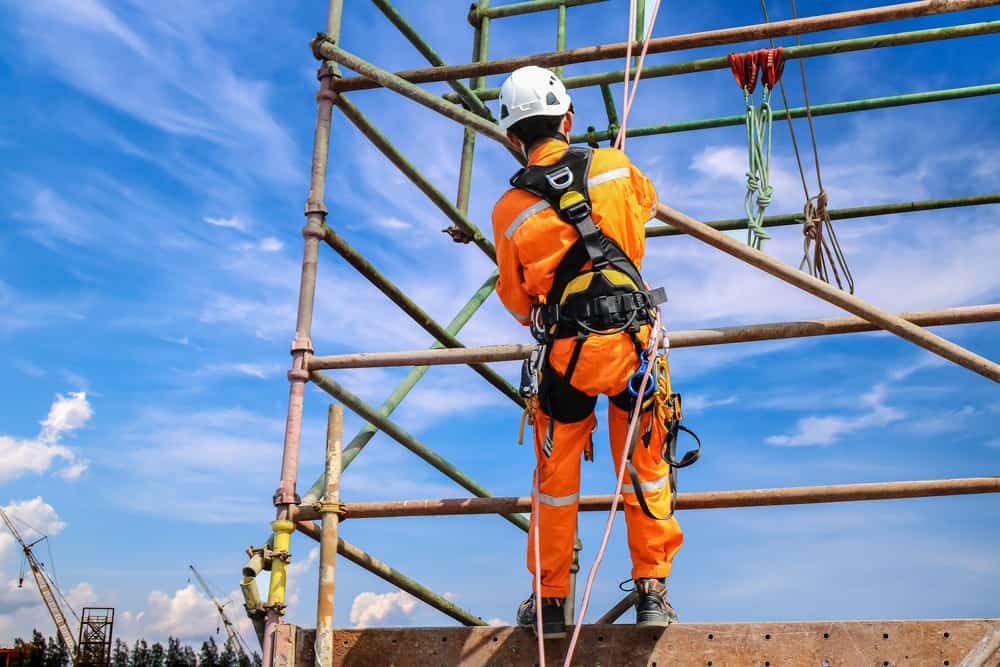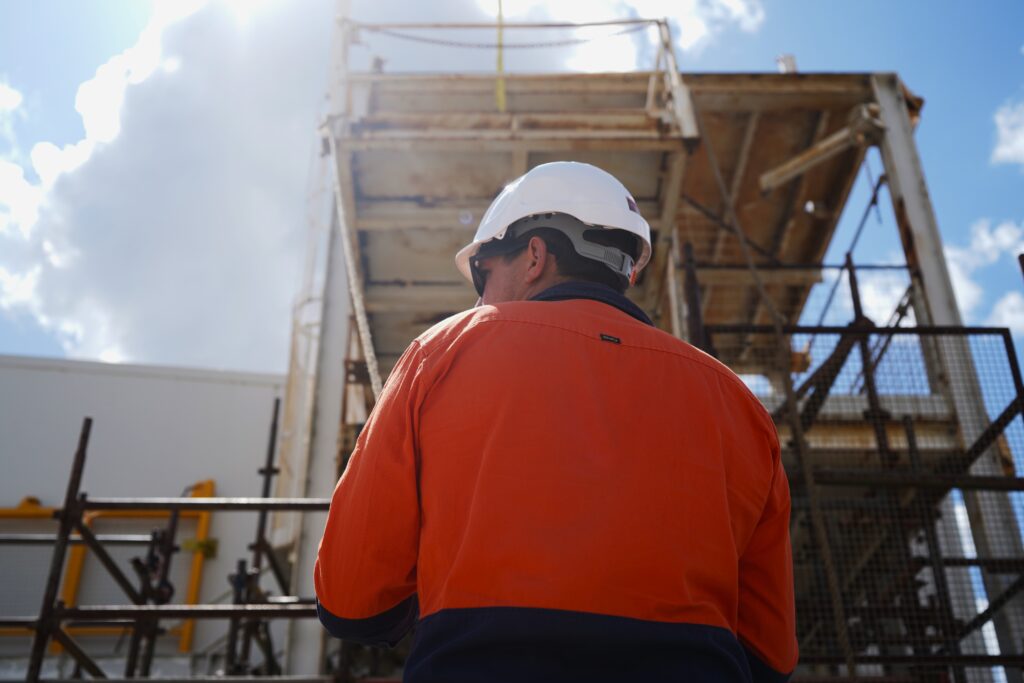Popular Posts
Working at heights can be incredibly risky, but there are ways to minimise the hazards. Whether you’re a worker or site supervisor, knowing how to work safely at heights should be your top priority. Here are some tips and training options for working safely at heights.
Manage Onsite Risks

Do what you can to mitigate your risk of falling in the first place. This means putting in place a risk management strategy, which may entail:
- Locating any hazards that may result in a fall, such as scaffolding or ladders.
- Determine the likelihood of an accident occurring due to these hazards.
- Eliminate or mitigate these hazards to prevent the risk of a fall.
Similarly, regular inspections should be carried out to ensure equipment isn’t faulty.
Apply Control Measures

There are a series of control measures you should put in place when working at an elevated level. These include:
- Ensuring work is carried out on a stable and fenced work platform. If this platform is at a height of four metres or more, the platform and its support structures must be assessed every 30 days, before it is used, and after it is repaired.
- Setting up secure physical barriers such as handrails, fencing and perimeter screens.
- Providing other physical restraints like fall arrest systems that can catch someone should they fall.
Be Accompanied

When working at heights, one other person must be present at all times. Find a few trusted buddies onsite or ensure people are rostered together to minimise both the chance and severity of injuries.
Get Your Working at Heights Ticket

Before working at heights, it’s a prerequisite to have completed a working at heights course. Ensure the course you choose is nationally recognised and provides you with a full certificate upon completion.


